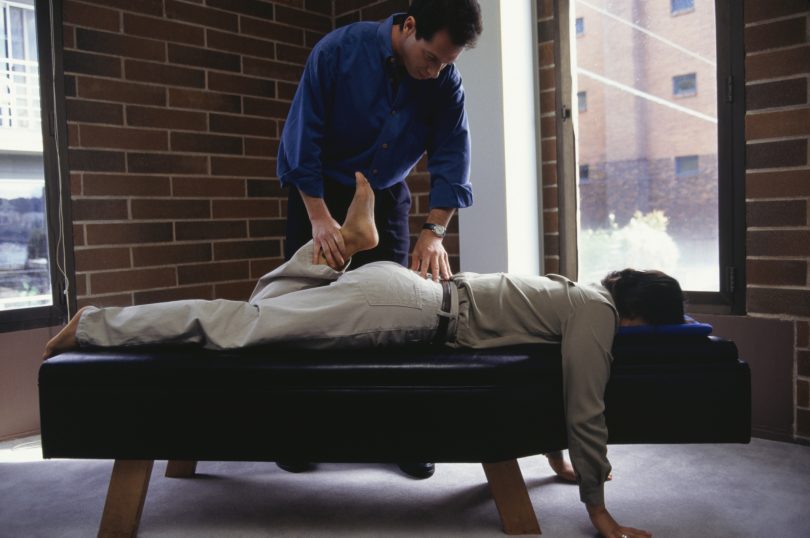Chiropractic itself has gone through many aches and pains as a profession since its development by Daniel David Palmer in 1895. Since the scope of the chiropractic practice has been very broad, there have been many different types of beliefs and care provided.
One thing that holds true consistently is that chiropractic treatment itself has withstood the test of time and is continually being proven as a safe, effective treatment for many neuromuscular conditions.
Below are five of the most common chiropractic myths that I regularly hear from patients.
1. Chiropractic care is dangerous.
This is one of the most common misconceptions that chiropractic undergoes even today. There have been many scientific studies on the risks and benefits of chiropractic care that have proven this form of treatment to be very safe. Of course, with any type of treatment, there are always risks involved. Recent studies have proven that the risks and negative episodes associated with chiropractic treatment are very rare, and extremely less common than people might think.
2. Spinal adjustments hurt.
Chiropractic care usually involves the conservative movement of restricted joints of the spine which a termed an ‘adjustment.’ Many mistakenly believe that this type of treatment is painful or uncomfortable; it can be quite the contrary. Most patients feel instant relief after this type of therapy, in fact, most look forward to their chiropractic treatments. Because of this myth, there have been many instruments developed by companies that chiropractors can use to perform the adjustment to make people feel more comfortable and less anxious if this is a concern.
3. Chiropractic doctors lack education compared to medical doctors.
Chiropractors go through a thorough and demanding educational program similar to that to medical doctors. A prerequisite for many chiropractic schools is a four-year bachelor’s degree before entering into a four-year doctorate program. The education is similar to a medical school, but instead of focusing on pharmacology and surgery chiropractic education includes a more in-depth study of radiographic imaging and joint mobilization techniques. Most schools require students to complete a one-year clinic residency internship before graduation. Following this education, a chiropractor must complete four parts of a rigorous national board examination before obtaining the ability to request a state license in the state he/she wishes to practice in. In some states, there is an additional state license examination.
4. Once I start seeing a chiropractor, I will have to see one for the rest of my life.
Once a chiropractor has helped to solve your initial problem, it is not necessary to continue treatment. You are not obligated to continue treatment, although many chiropractors may recommend periodic visits to help you maintain optimal health. Periodic checkups can help to minimize the likelihood of future recurrences or development of new problems. This is very similar to what dentists recommend to their patients in order to prevent cavities. The preventative approach of health care is becoming increasingly popular in today’s society.
5. Insurance does not cover chiropractic.
Most insurance companies, including Medicare, do cover chiropractic care because they have statistically quantified the benefits of preventative care versus drugs and surgery. A simple phone call to a chiropractic office or your insurance provider can tell you if your insurance covers it. Even without insurance, there are many programs available through different chiropractic offices designed to make care affordable.
As with any profession, there can be good practitioners and not-so-good practitioners. I always tell people to try to find care from a chiropractor they feel comfortable with. Since chiropractic care can be different from doctor to doctor, it is always wise for someone to do some initial research on the physician they’re considering. This may include asking others of their experience with this doctor, viewing the practice’s website and doctor’s biography, or reading reviews posted online from patients. Hopefully this article will help to break down some of the barriers that may be preventing you or someone you know from obtaining chiropractic care.







